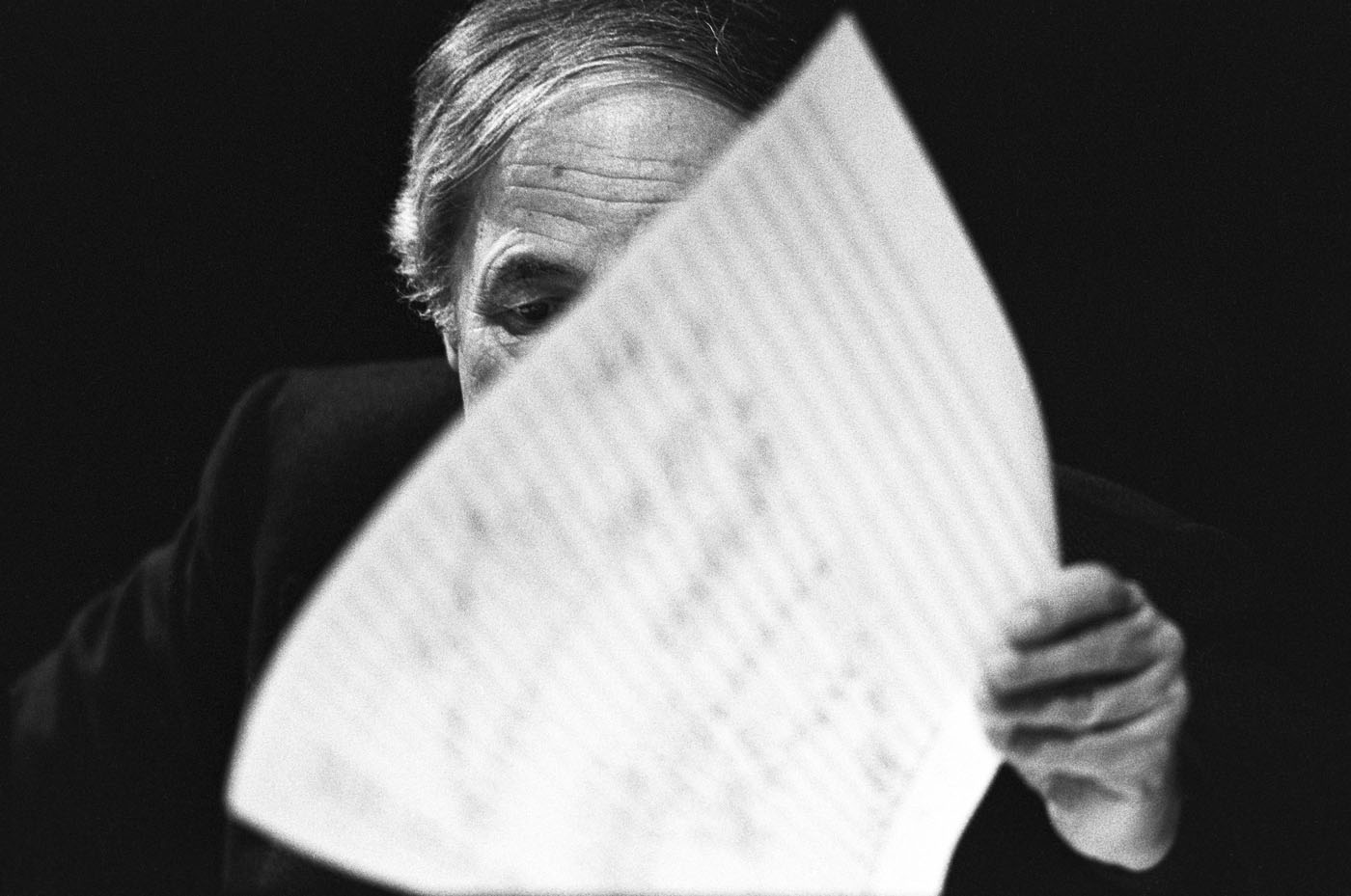| The
CD by Pascal Gallois and the International Contemporary Ensemble
(ICE) with the mezzo-soprano Katalin Károlyi is dedicated
to Le Marteau sans maître by Pierre Boulez.
The International Contemporary Ensemble (ICE) is an artist collective
committed to transforming the way music is created and experienced.
As performer, curator, and educator, ICE explores how new music
intersects with communities across the world. ICE is the US leading
ensemble for new music .
--------------------------------------------------------------------
Le Marteau sans maître
is the standard reference work in Boulez's oeuvre and indeed in
integral serialism (which in fact only lasted six months, as Boulez
was fond of saying). Its distant relation to Schoenberg's Pierrot
Lunaire, Op. 21, composed in 1912 and comprising a suite of short
pieces for a small ensemble of musicians paired with a female
soprano, is a sort of tribute to the Viennese master from whom
Boulez so often drew inspiration. He frequently named Schoenberg
and Stravinsky as the founders of 20th century music. But in Le
Marteau, Boulez also demonstrates his openness to musical styles
from outside Europe, from the Far East, Africa and South America.
He shared with Olivier Messiaen, his teacher, the same insatiable
curiosity. I can still see him describing to me the interpretation
of the sigle initial of Dialogue de l'ombre double during our
work sessions - he had recalled a film seen at the Musée
de l'Homme in Paris in the 1950s. He enthusiastically described
to me a rain song sung by an old African woman, imitating it to
describe the raindrops resonating among the puddles. Boulez perfectly
evoked this characteristic rhythmical and rather unmelodious “singing”,
a quasi-chanting thanks to the use of onomatopoeia. What he most
enjoyed in extra-European songs and rhythms were their ritual
“roles”.
In Le Marteau sans maître,
it is the flexibility and sonorous diversity of the percussion
ensembles from Bali that provide structure. The evocation of the
Japanese “koto” by the guitar and the pizzicato of
the viola. The human, sonorous proximity of the alto flute and
the Japanese “shakuhachi” thanks to the musician's
breath being felt as much as the sound. The breathing of the alto
voice transcending the poem by René Char.
Pascal Gallois
|

 français/english
français/english

 français/english
français/english
